5. Enter the Void
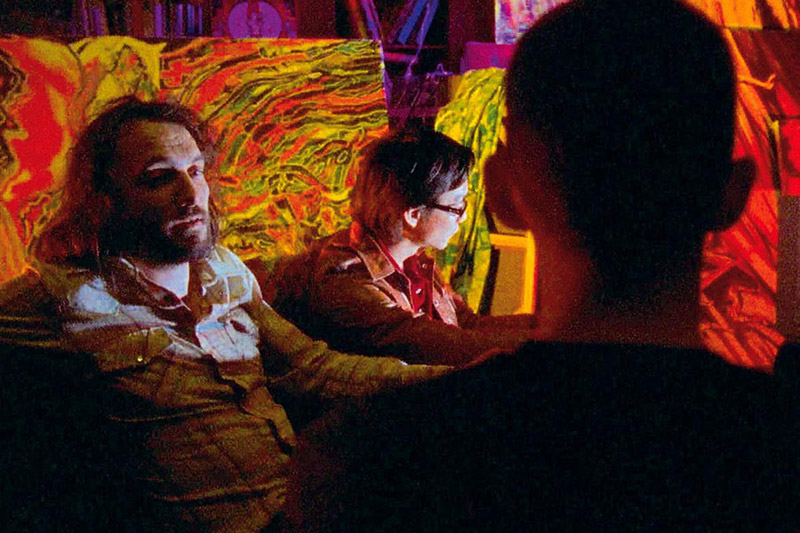
There is nothing conventional about the films of Gaspar Noé, but his third feature film – “Enter the Void” – is for sure the most bizarre and mind-melting one. It could be literally titled “Mindfuck: The Movie.” The movie’s plot follows Oscar (Nathaniel Brown), a drug dealer in Tokyo whose deal went bad and got shot to death by the police.
After this incident, he starts to witness the past events from his recently ended life. Then his soul separates from the body and begins to float above the illuminated and neon colorful streets of Tokyo in search for his sister Linda (Paz de la Huerta), to whom Oscar was very attached in his lifetime, and also his best friend Alex (Cyril Roy).
Imagine the famous star-gate sequence from “2001: A Space Odyssey,” stretched to the size of a feature film. This is what “Enter the Void” in a big simplification feels like. It’s inspired by Tibetan Book of Death, a visual representation of what the afterlife could look like.
The technique of POV, which is used through the whole duration of the movie, creates a real, palpable and unforgettable journey toward the eponymous void that we enter together with Oscar. The world of cinema really needs more artists like Gaspar Noé.
4. Gozu
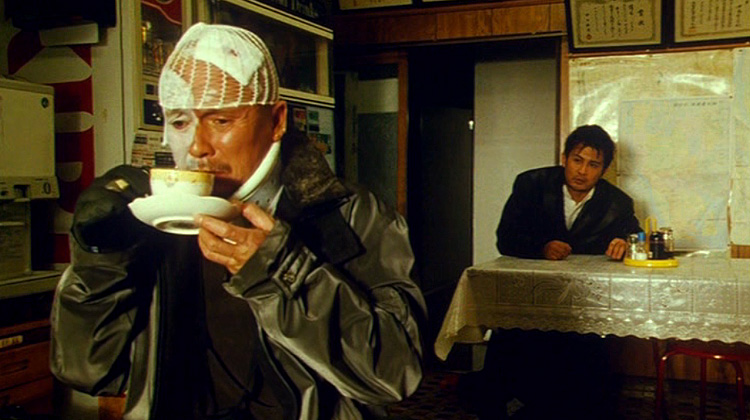
Ozaki (Shô Aikawa) is a yakuza gangster who slowly loses his mind, which leads to paranoia and violent behavior, too much even for yakuza standards. His brother Minami (Yuta Sone) receives an order from the gang management to assassinate him during their business trip to a small town named Nagoi.
When Ozaki tries to kill the innocent woman, Minami hits him unconscious and puts him into the car. Minami is not very eager to kill Ozaki because of the great respect he has toward him, but soon a road accident takes place, where the head of Ozaki bumps deadly against the car dashboard.
When Minami comes back from a roadside bar, his brother’s body mysteriously disappears from the car. Minami must find it on his own in a bizarre town, filled with characters taken directly from the dreams and nightmares of madmen.
The madman who dreamt up “Gozu” is the one and only Takashi Miike, the creator of such film oddities like “Audition” (1999), “Visitor Q” (2001) and of course “Ichi the Killer” (2001). “Gozu” is also known as “Yakuza Horror Theatre: Cow’s Head,” which seems to be the even more appropriate title.
It is the unique mix made of violent yakuza film, kafkaesque anxiety, bleak comedy and surrealism. The disturbing sequence where a woman gives birth to an adult man is a guarantee for many sleepless nights. Miike’s sick imagination has no limits and this is what makes “Gozu” so fascinating to watch. Viewers could never guess what the next scene is going to be like.
3. Synecdoche, New York
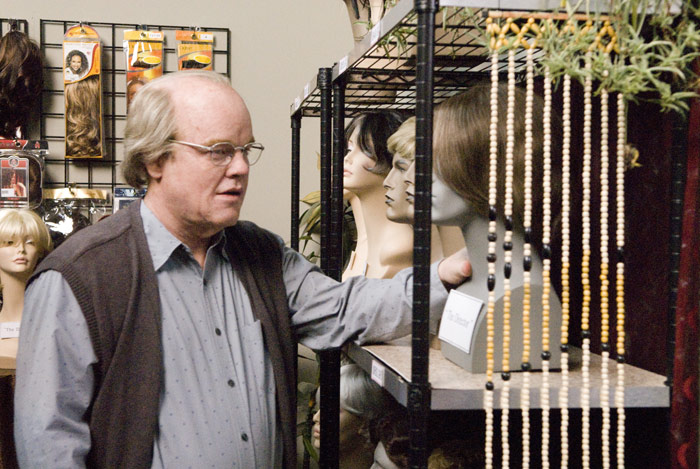
The protagonist of “Synecdoche, New York” is a neurotic theatre director named Caden Cotard (Philip Seymour Hoffman). When his wife, Adele (Catherine Keener) a painter, leaves him unexpectedly, taking away their daughter Olivia, Caden transforms his sadness and anger into creating an elaborate play based on his own life that would be his artistic opus magnum.
In New York’s warehouse, he starts to obsessively create a giant set, containing one hundred actors, that looks like a real city with buildings and streets. Soon, a play created to imitate the real life and reality become indistinguishable, which results in Caden losing himself in his own artistic purposes, which are overgrowing him.
Charlie Kaufman is considered as one of the most brilliant and creative contemporary American screenwriters. His artistic portfolio consists of masterpiece screenplays for “Being John Malkovich” (1999), “Adaptation” (2002) and “Eternal Sunshine of the Spotless Mind” (2004). He made his directorial debut in 2008 with “Synecdoche, New York,” which is so far the best film project in which Kaufmann was ever involved.
It’s also the one of the most bizarre, abstract, complex and strangely touching screenplays, all at the same time. In the context of his body of work, it really means something. Hoffman in the leading role proves that he was one of the best actors of his generation, and his death was a colossal loss for American cinema.
2. Holy Motors
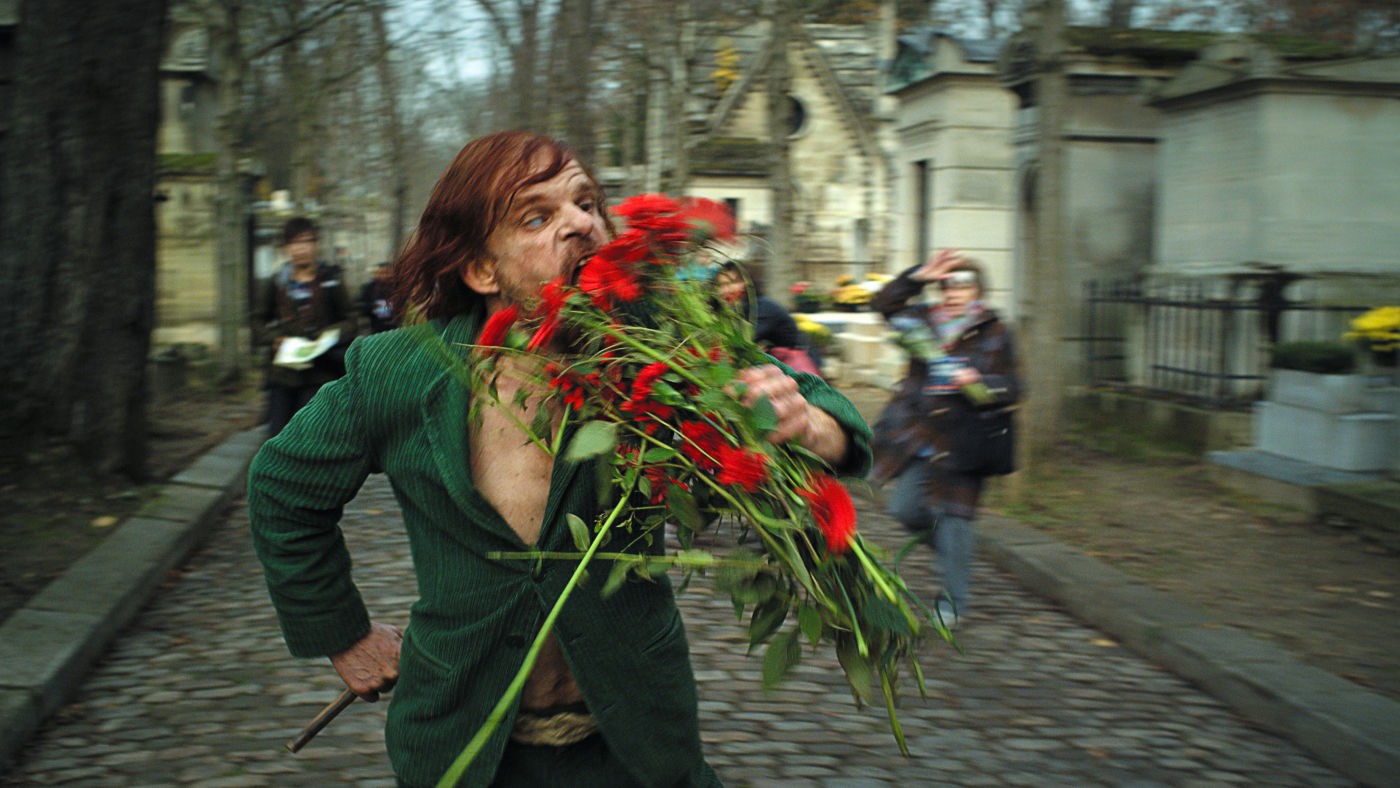
Mr. Oscar (Denis Lavant) has a very unusual job, pursued by a mysterious company. While driving his limo, he’s preparing makeup and costumes to impersonate the various characters, for never fully explained purposes. He acts as an old beggar woman, a motion capture actor, an aggressive flower-eating hobo (who captures Eva Mendes and takes her to the underground canals), an accordion player, a gangster, an uncaring father, a dying elderly man, and all of this is done over the course of one day.
Every time Mr. Oscar changes his identity, the movie changes its tone and even a genre. One time it can be funny and sweet, at another heart-wrenching and sad, while on other occasions psychedelic and even a little bit disturbing. “Holy Motors” can be experienced as an experiment on grammar of cinematic language, as a postmodernist take on the randomness of life or maybe just as a performance art made as a movie.
Either way, this movie is one hell of a mind-bending, bizarre and unpredictable ride. “Holy Motors” wouldn’t be the same if not the fearless Denis Lavant, who fully immerses himself in every role this movie’s script wants him to be.
1. Mulholland Drive
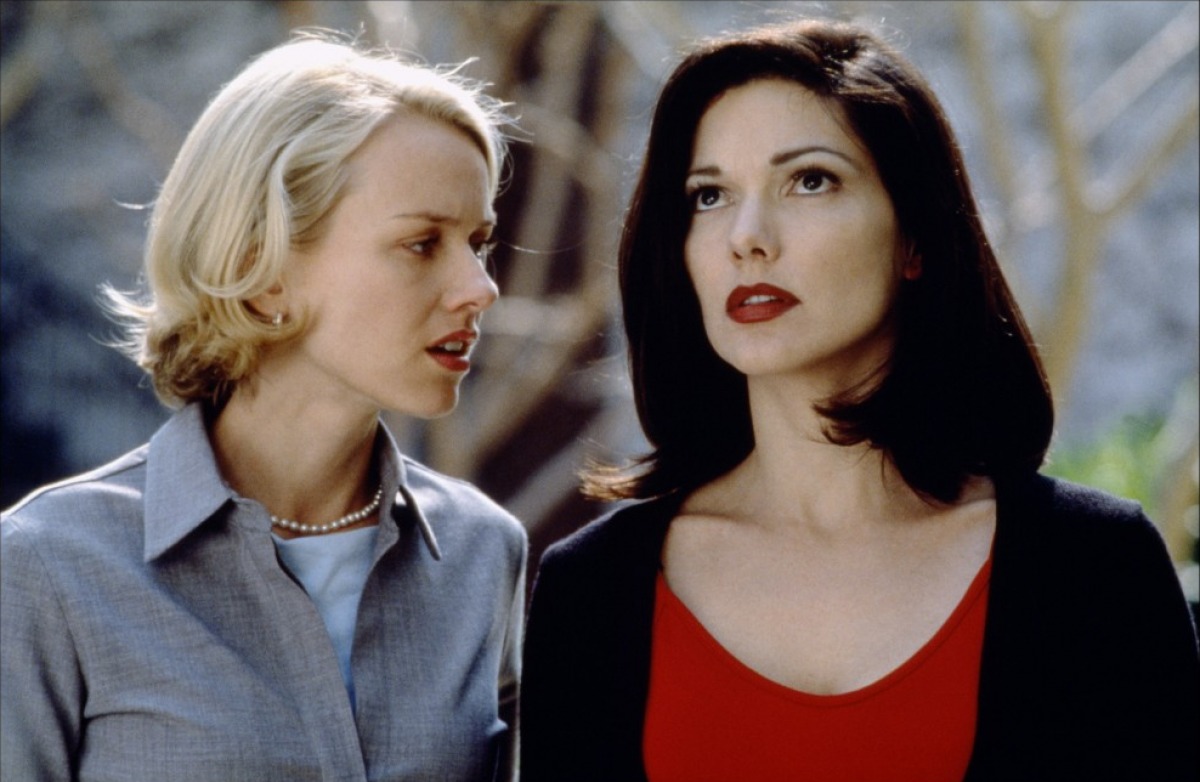
David Lynch loves to confuse and disturb his audience since his legendary debut “Eraserhead” in 1977. The undisputed American master of cinematic weirdness bravely entered the 21st century with “Mulholland Drive” (2001). It tells a story of Rita (Laura Harring), who survived a car crash on the legendary Mulholland Drive, losing all her memory in the process.
After the accident, she wanders to the located nearby residence where she meets Betty (Naomi Watts), a naïve young woman who arrived in Hollywood to chase her dreams of becoming a movie star. She decides to help Rita regain her memory and together solve the enigma surrounding a blue key and huge amount of money, both found in Rita’s purse. This will be the beginning of their journey through the full of mysterious world of Hollywood, where dreams and reality diffuse dangerously.
“Mulholland Drive” stands as probably the most mature, fascinating and perfectly made film in Lynch’s rich filmography. It has all the trademarks of his style and fetishes, like the neo-noir formula, the sense of mystery, the oneiric atmosphere elevated with haunting music by Angelo Badalamenti, and the sequences taken from sometimes beautiful dreams and sometimes disturbing nightmares.
It’s a pure pleasure to assemble all the puzzles of the movie’s elaborated plot and watch the city of Los Angeles through the eyes of a true visionary, which David Lynch most certainly is.
Author Bio: Antoni Urbanowicz is a Film studies graduate, defending a thesis about exploitation movies. He is a dedicated cinephile, avid reader and 80’s pop culture enthusiast. His taste of cinema ranges from Z-class trash to world-class masterpieces.